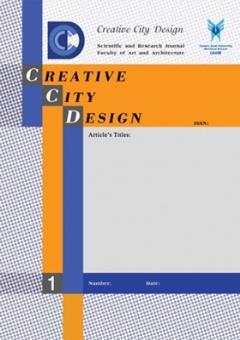Analyzing Physical-Spatial (Architectural) Components in Creating a Sense of Attachment From the Perspective of Tourists (Case Study: Si-O-Se-Pol Bridge in Isfahan)
الموضوعات : Creative City DesignHassan Mohamadshafiee 1 , Mohamadali Khanmohammadi 2 , Leila Karimifard 3
1 - PhD student, Department of Architecture, South Tehran Branch, Islamic Azad University, Tehran, Iran.
2 - Associate Professor, Department of Architecture, Iran University of Science and Technology, Tehran, Iran.
3 - Assistant Professor, Department of Architecture, South Tehran Branch, Islamic Azad University, Tehran, Iran
الکلمات المفتاحية: Physical (spatial) components, Si-o-se-pol tourist bridge, Sense of place attachment, Isfahan,
ملخص المقالة :
As an important urban building of the Safavid era in Isfahan, Si-o-se-pol has always attracted the tourists' attention but is on the verge of authorities' lack of attention. The present study aimed to investigate and achieve the effective factors of this valuable building on the sense of attachment among tourists in today's society and respond to questions of which physical-spatial (architectural) elements of Si-o-se-pol have the greatest effects on the creation of a sense of attachment and what relationship physical-spatial elements of this bridge have with the sense of attachment to the place in tourists. To achieve the research objectives, the present study analyzed the effects of bridge architecture components, including geometry, hierarchy, symmetry, centrality, and rhythm. The present quantitative research had a cross-sectional and applied type and was descriptive-correlational that used descriptive and inferential statistics. The statistical population consisted of 214 tourists in Si-o-se-pol. After using desk documents, a questionnaire with 24 items was designed on a Likert scale and was analyzed using SPSS 26. The research findings indicated that symmetry and geometry components had the highest effects on tourists' sense of attachment; hence, the research hypothesis was confirmed. Other physical elements had less validity in measurement. According to research results, the physical-spatial component of the bridge created a part of tourists' sense of attachment. Furthermore, age, gender, and education level had no significant contribution to the creation of a sense of attachment.


